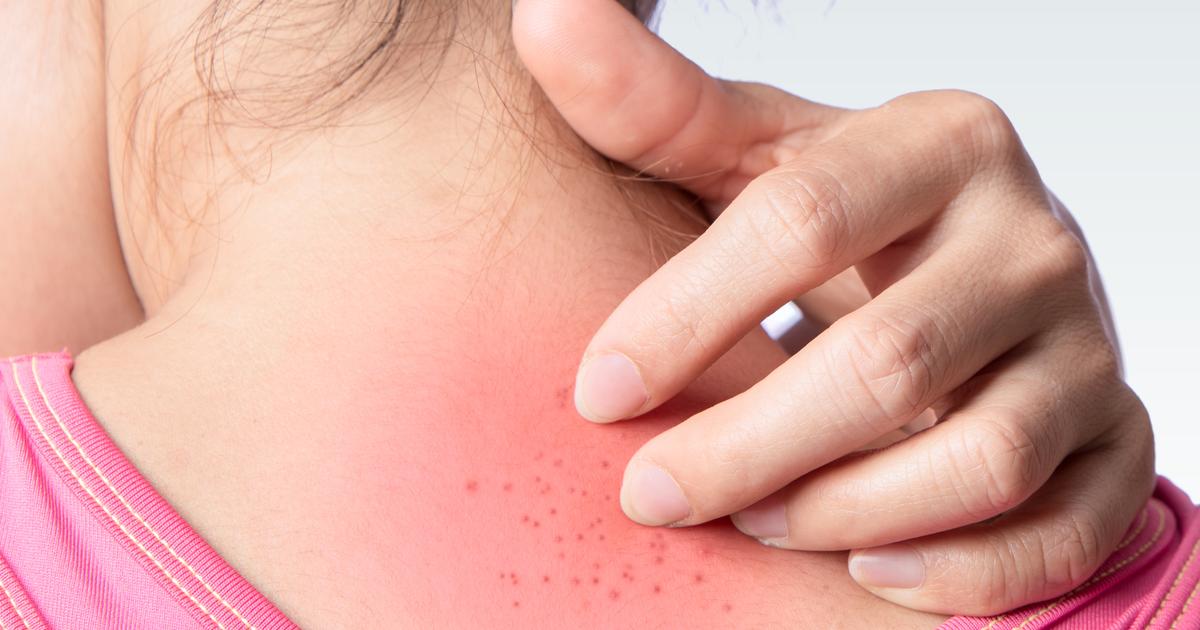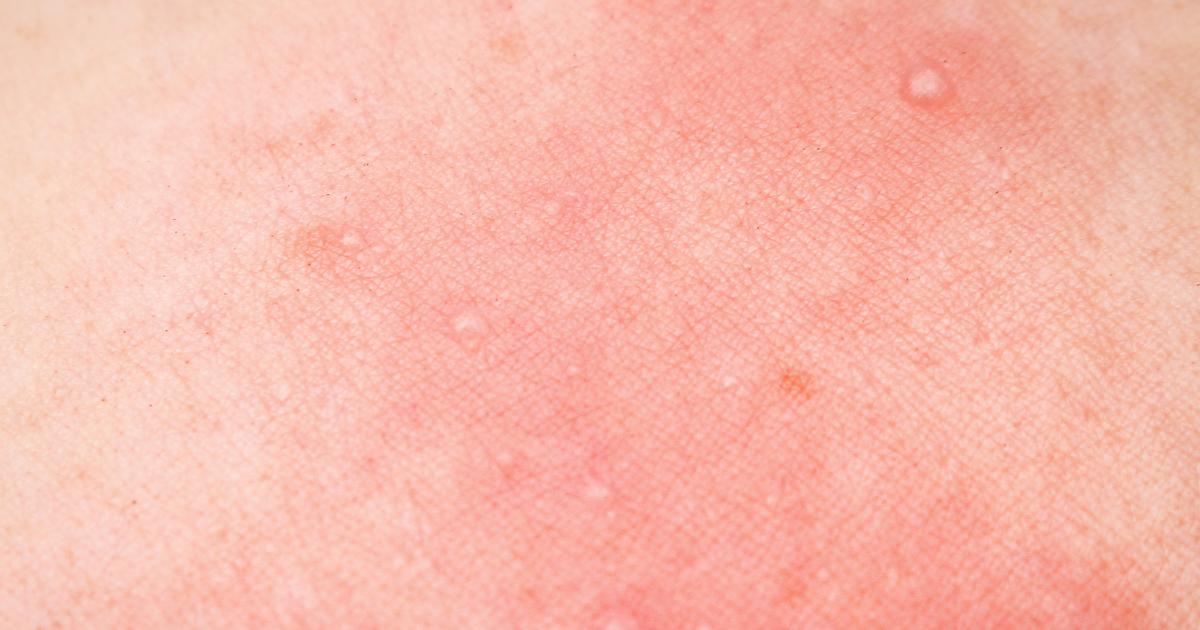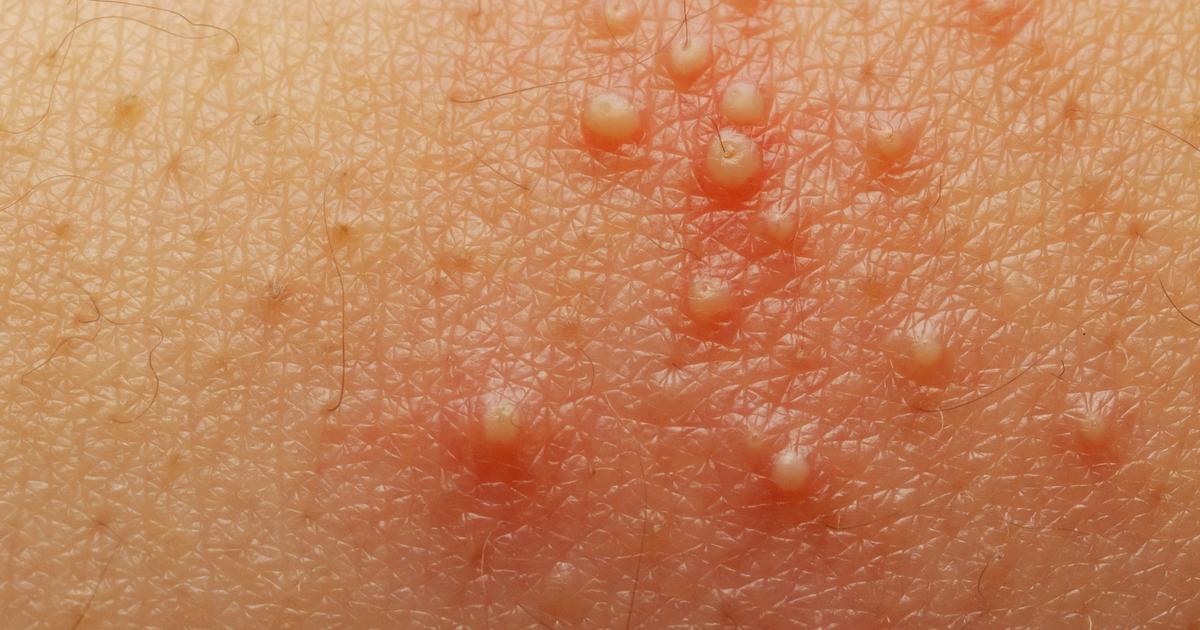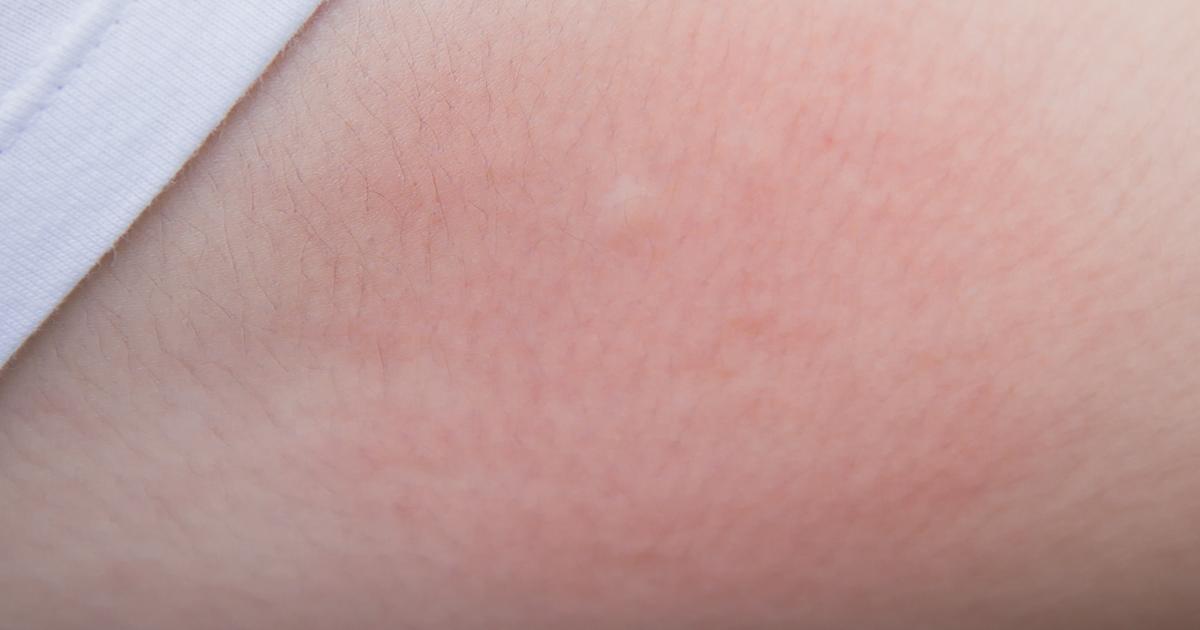Guide To The Symptoms And Types Of Heat Rash
Heat rash and miliaria are umbrella terms used to describe a category of conditions related to the abnormal retention of sweat. Miliaria can be caused by several factors, including fever, prolonged bed rest, immature sweat ducts, hot and humid environment, skin occlusion from bandages or dressings, and intense physical activity. Toxic epidermal necrolysis, Stevens-Johnson syndrome, genetic diseases of the skin, radiotherapy, and adverse reaction to medication can also cause miliaria. Diagnosis of heat rash or miliaria is made with the use of a physical examination and a punch biopsy in some cases. Untreated miliaria can cause an affected individual to develop a secondary bacterial infection, hyperhidrosis, and impaired thermoregulation. The type of heat rash that develops in an individual is determined by the location of the sweat that becomes obstructed in the dermis or epidermis.
Get familiar with the major types of heat rash and the symptoms now.
Miliaria Crystallina

Miliaria crystallina is a term used to describe when an individual experiences an obstruction of the sweat ducts closest to the surface of their skin. The most common group of individuals affected by miliaria crystallina are infants around one week old. Some adults who have a fever may also develop this form of miliaria as a complication of their illness. Symptoms of miliaria crystallina include clear superficial blisters that tend to burst easily. The size of the blisters that appear on the skin of an individual with this type of heat rash is between one and two millimeters. The clear blisters may look similar to beads of sweat. The most common areas for the blisters caused by miliaria crystallina to develop is the upper trunk, head, and neck. These blisters do not become inflamed, and they do not form any crusted lesions. Most cases of miliaria crystallina resolve without the necessity of any medical intervention and do not have any long term effects.
Learn more about the various types and symptoms of heat rash now.
Miliaria Rubra

Miliaria rubra is a condition where sweat is abnormally retained in the living layers of the epidermis and upper dermis. The most prevalent form of miliaria is miliaria rubra, occurring in around one-third of individuals who are suddenly exposed to humidity and heat. Symptoms of miliaria rubra include small non-follicular papules, which are papules on the skin that do not originate from a hair follicle, and papulovesicules, papules on the skin that eventually develop into blisters. The size of these papules that emerge on the skin of an individual who has miliaria rubra is between two and four millimeters in size. Raised and patchy red spots are often visible along with the skin papules. When sweat becomes trapped in the deeper epidermal skin layers, the patient's immune system will respond to the area. This inflammation is what makes the papules in miliaria rubra appear red, unlike those on the skin of an individual affected by miliaria crystallina.
Keep reading to learn more about the types of heat rash out there now.
Miliaria Pustulosa

Miliaria pustulosa is the retention of sweat in the mid-epidermis and upper dermis that manifests more resolutely than the bumps on the skin of an individual affected by miliaria rubra. Instead of erupting as reddened papules on the skin, miliaria pustulosa erupts as numerous fluid-filled pustules on the skin. The pustules develop on a patient's skin in addition to the same bumps that develop on the skin of someone with miliaria rubra. A pustule is defined as small coagulation of a pus-like substance in the upper layer of the individual's skin. The fluid inside of a pustule in an individual affected by miliaria pustulosa is a blend of different types of inflammatory fluids and cells. An itchy rash is a common symptom of miliaria pustulosa. The reason for this is miliaria rubra and miliaria pustulosa involve an inflammatory response by the immune system, which causes the release of histamine and other substances that induce the prickly or itchy sensations.
Get more details on the types of heat rash and their symptoms now.
Miliaria Profunda

Miliaria profunda is a term used to describe when an individual experiences the retention of sweat deep in the sweat ducts that leaks into their dermis. The dermis is a deeper layer of the skin that is rich with blood vessels and sits below the epidermis. The sweat in the skin of an affected individual becomes trapped at the dermo-epidermal junction. Miliaria profunda is most prevalent among men who have had repeated episodes of miliaria rubra. The most common cause of the development of miliaria profunda is repeated exposure to intense heat and humidity over time. Miliaria profunda causes the development of larger and deeper-seated papules in an individual's skin that may be flesh-colored, asymptomatic, painful, and can range from one to four millimeters in size. The papules that develop from miliaria profunda can be described as white or red lumps that may feel prickly. Itchiness of the skin is not common in miliaria profunda because these papules are located below an individual's itch receptors.
Learn about how the location of bumps plays into different types of heat rash next.
Location Of Bumps

An individual who develops any form of miliaria will experience the development of some type of bumps or papules on their skin. Numerous parts of the body can be affected by this type of rash, but some are more common than others. Cases of heat rash that develop due to the friction of certain types of clothing or clothing that restricts the release of heat and moisture can cause areas this clothing would come in contact with to develop heat rash. Clothing-related cases of miliaria typically manifest on clothing covered areas that tend to sweat frequently, like the stomach, back, and chest. Miliaria that develops in infants tends to manifest on their trunk, neck, and head. Many individuals who develop miliaria rubra will experience the rash on their scalp, axilla, and neck folds. Individuals who develop miliaria profunda tend to be affected in areas like the extremities and trunk. Individuals who develop miliaria due to being on extended bed rest tend to have this rash on their back.
